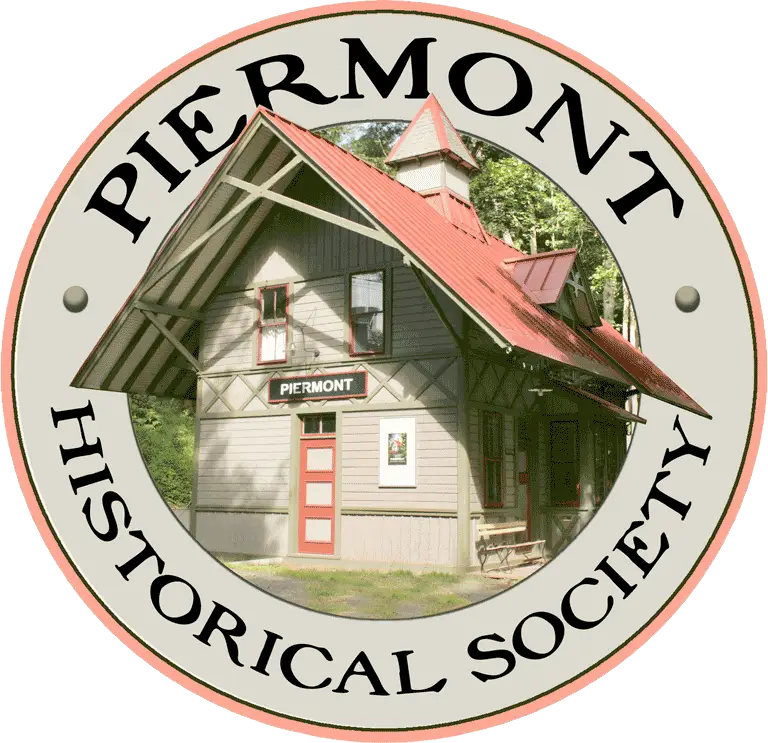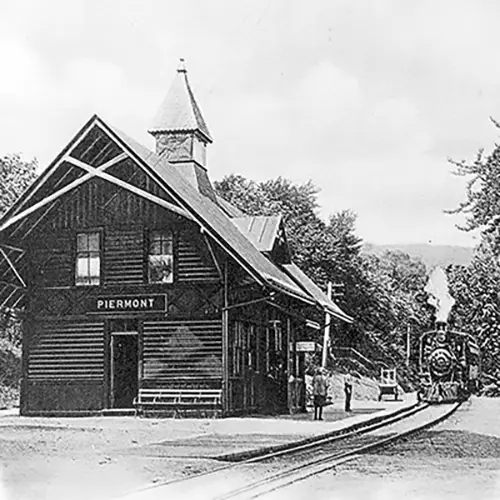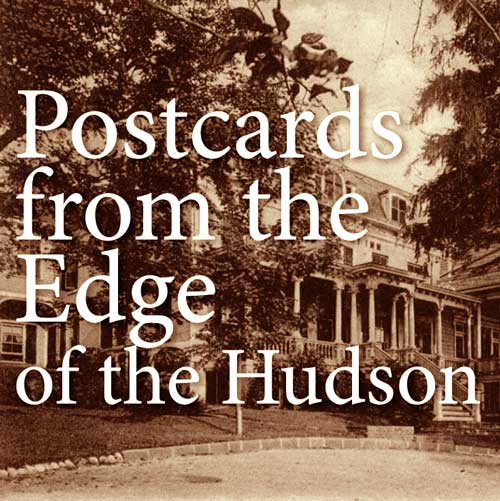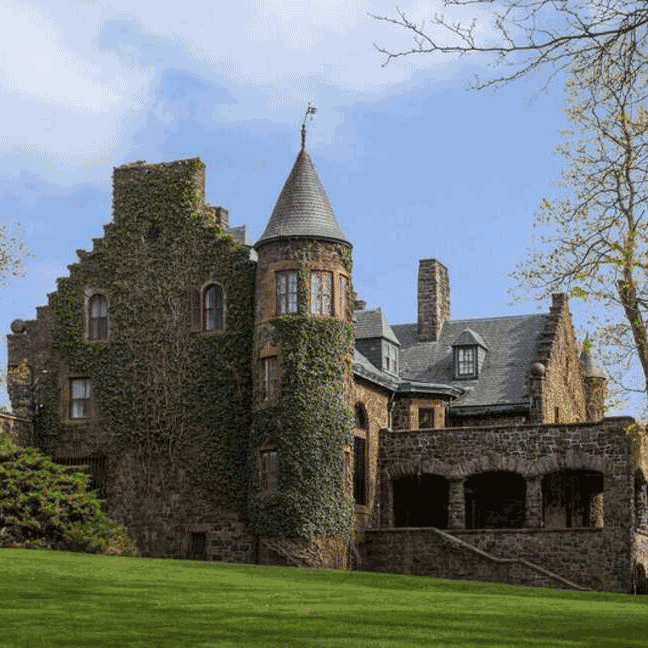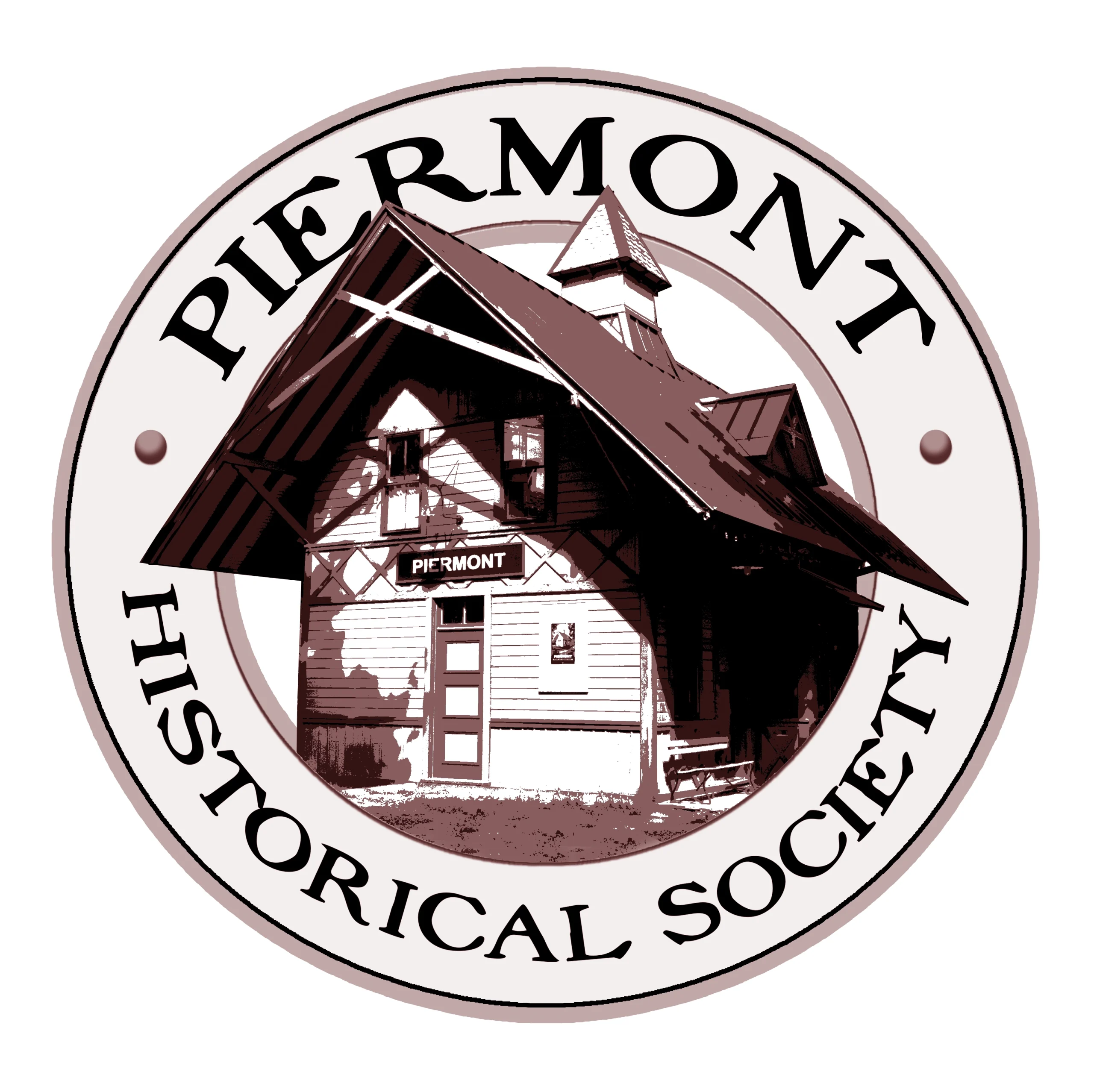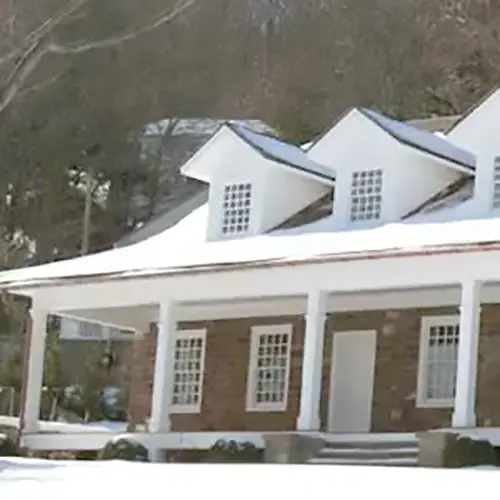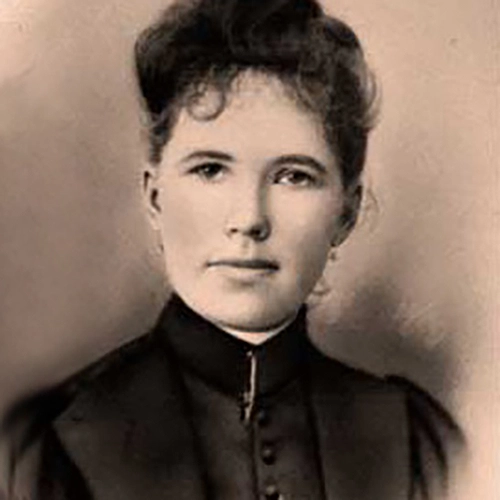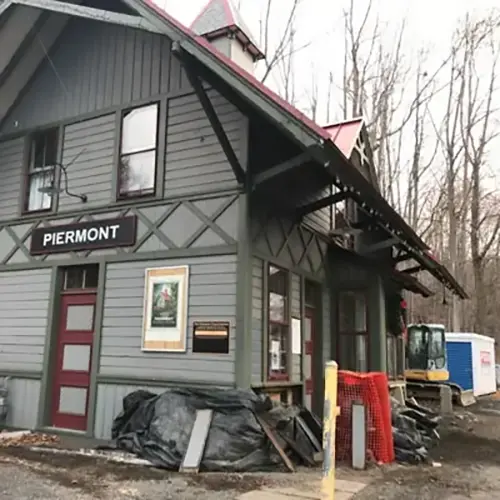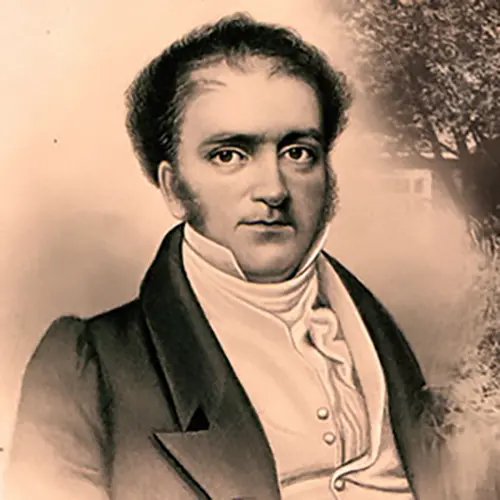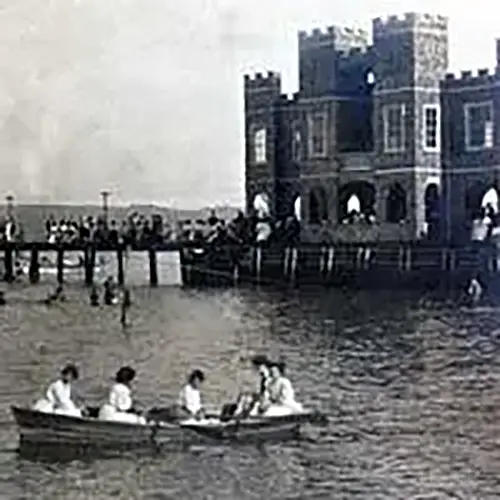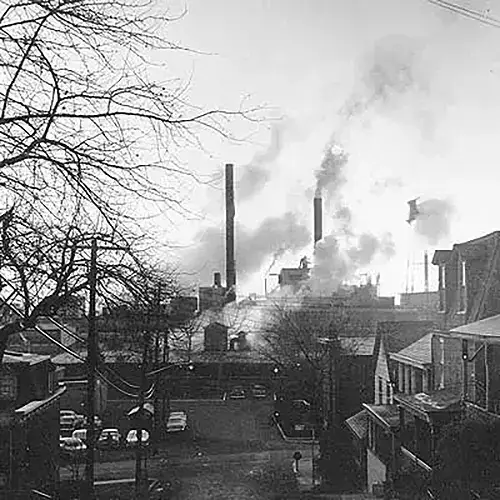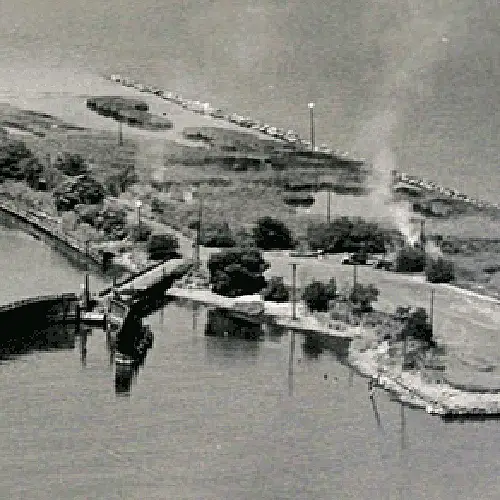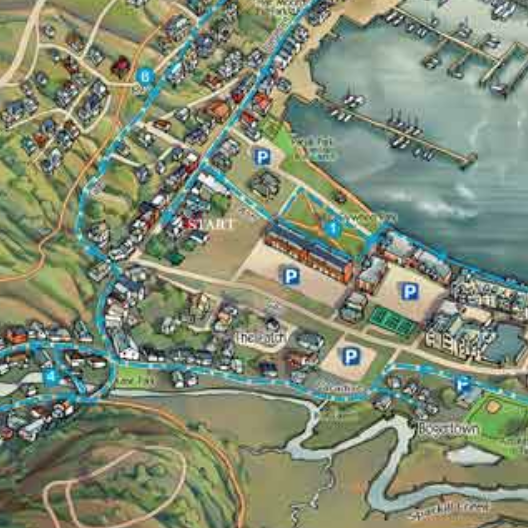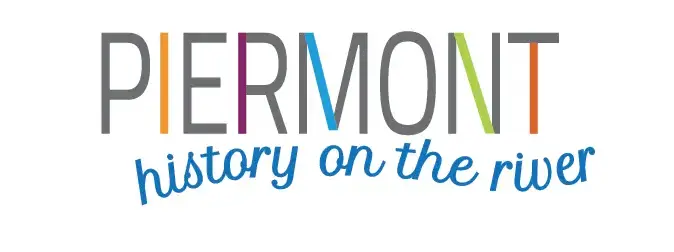
Eleazar Lord: 1788 – 1871
In 1836 Eleazar Lord was a wealthy 48-year-old financier and businessman living in New York City. He was one of the nation’s prominent citizens, and was acquainted with many of the country’s leaders in politics and commerce. He had just finished a stint as the first president of a work in progress called the New York and Erie Railroad Company, and this was the year he decided to make his home in the little railroad town of “Tappan Slote” which he later renamed to Piermont, evoking the mountains and the water. He would remain there for the next 35 years.
Since 1824, Lord had argued for a way to connect the city of New York with Lake Erie and the lands to the west. He was a representative to meetings to explore how and where such a link could be created. At the time, officials wanted to build a road or a canal, but finally they agreed on a railroad. He was the leader of a group that petitioned the New York State Legislature to charter a company to construct the railroad. He was called upon to be that company’s president on three separate occasions.
This was a time when “railroad” described a handful of small, short sections of track, at best usually no more than 25 or 30 miles long. Many considered his project of carving a railroad through more than 400 miles of virtual wilderness to be impractical and impossible. But Lord was known as a “practical visionary,” and was the right man for the job.
From the beginning the railroad was plagued by financial problems, and time and again Lord found solutions. Without him, the project might never have been completed.
But Lord was not only a railroad builder. He was a behind-the-scenes force for a number of major changes in the country. He was the author of a number of financial treatises, one of which influenced the State of New York in the 1830’s to overhaul its banking system, a move soon imitated by several other states. During the chaos of financing the Civil War, Lord was invited to Washington, D.C. to discuss another of his writings, a proposal for a national banking system and a national currency. The discussion lead to the creation of what came to be known as “greenbacks.”
He arranged financing to build the Ohio Canal, which linked the Ohio River (and from there the Mississippi Valley) with Lake Erie (and the Erie Canal and eventually Lord’s railroad). The Ohio Canal was a stimulus to the commerce and development of both the New York City and the state of New York.
Lord was also an ordained minister who, though he never held a pulpit, retained a commitment to his faith throughout his life. He was one of the founders of the American Bible Society as well as two separate theological seminaries and several religious groups. He helped establish and was a Deacon of the Dutch Reformed Church in Piermont.
Lord wrote a number of books and essays, mostly concerning Biblical prophecy, interpretation, and the Second Coming (many written during his retirement in Piermont.) His writings were part of the wave of evangelicalism that swept the country in the mid 1800s.
— By Ralph Titus
Eleazar Lord was born September 1778 near Norwich Connecticut. He died June 1871, age 83, at the home he called The Cedars, also known as The Castle, in Piermont New York. Learn more about “The Castle”.
